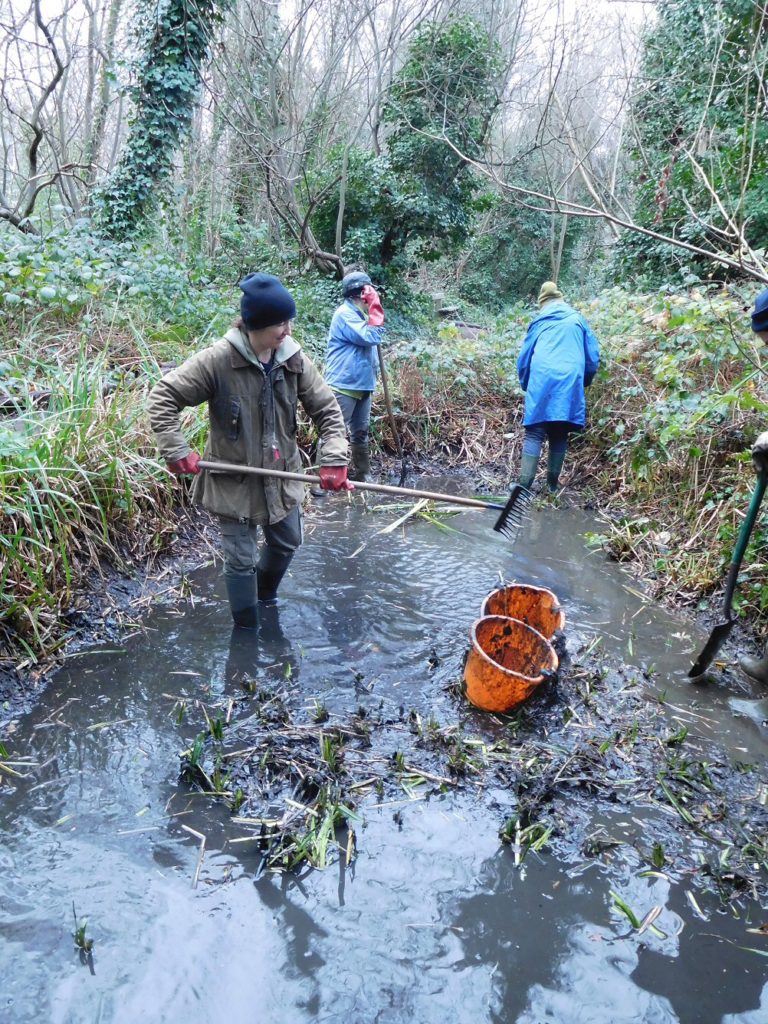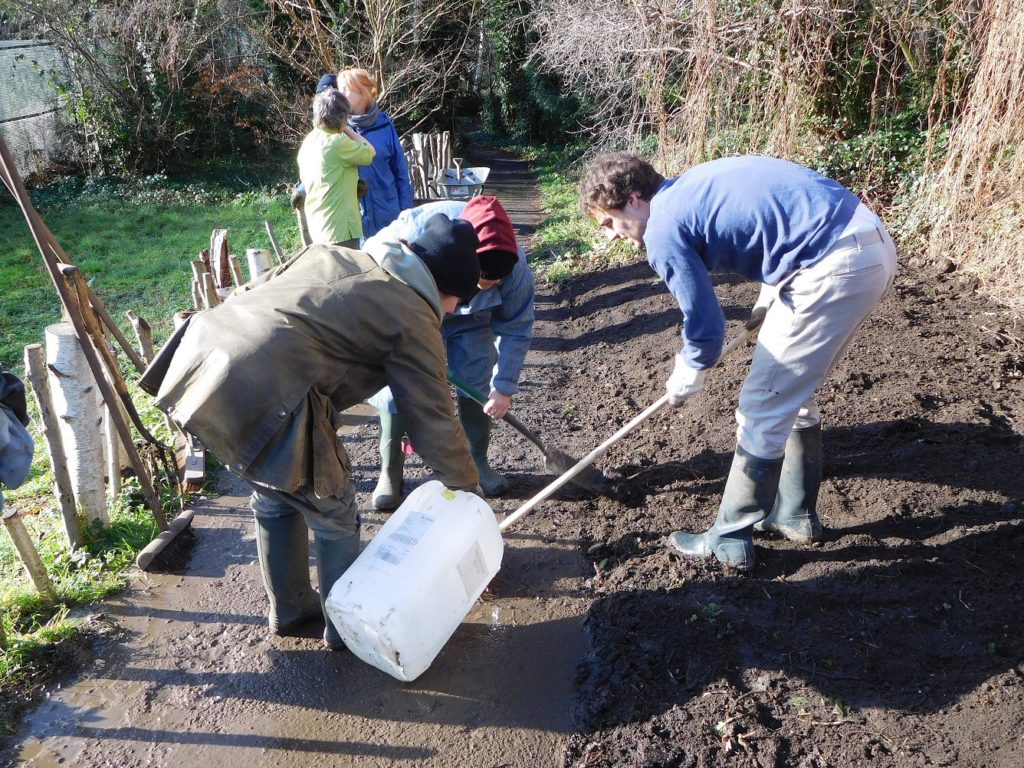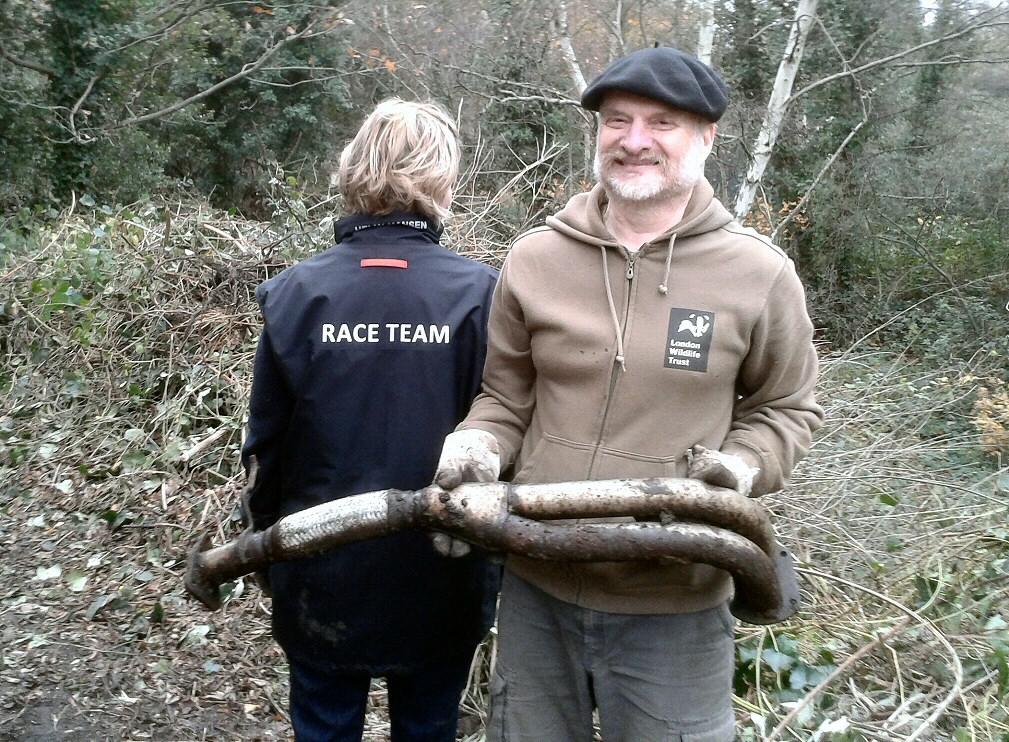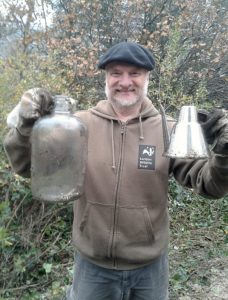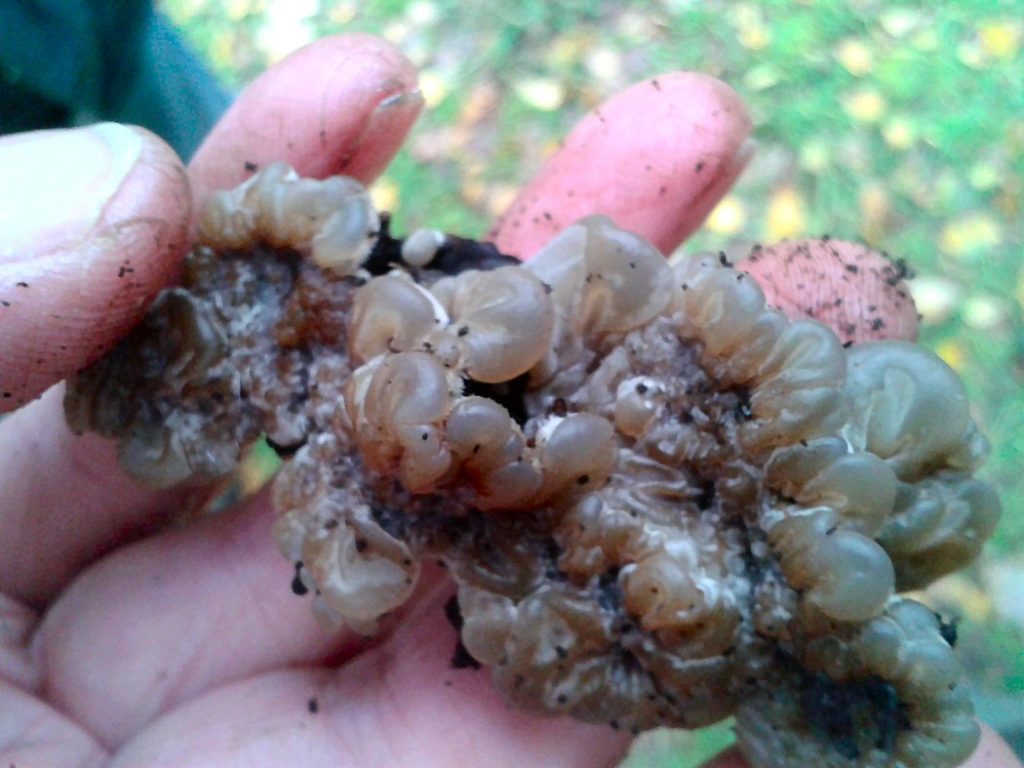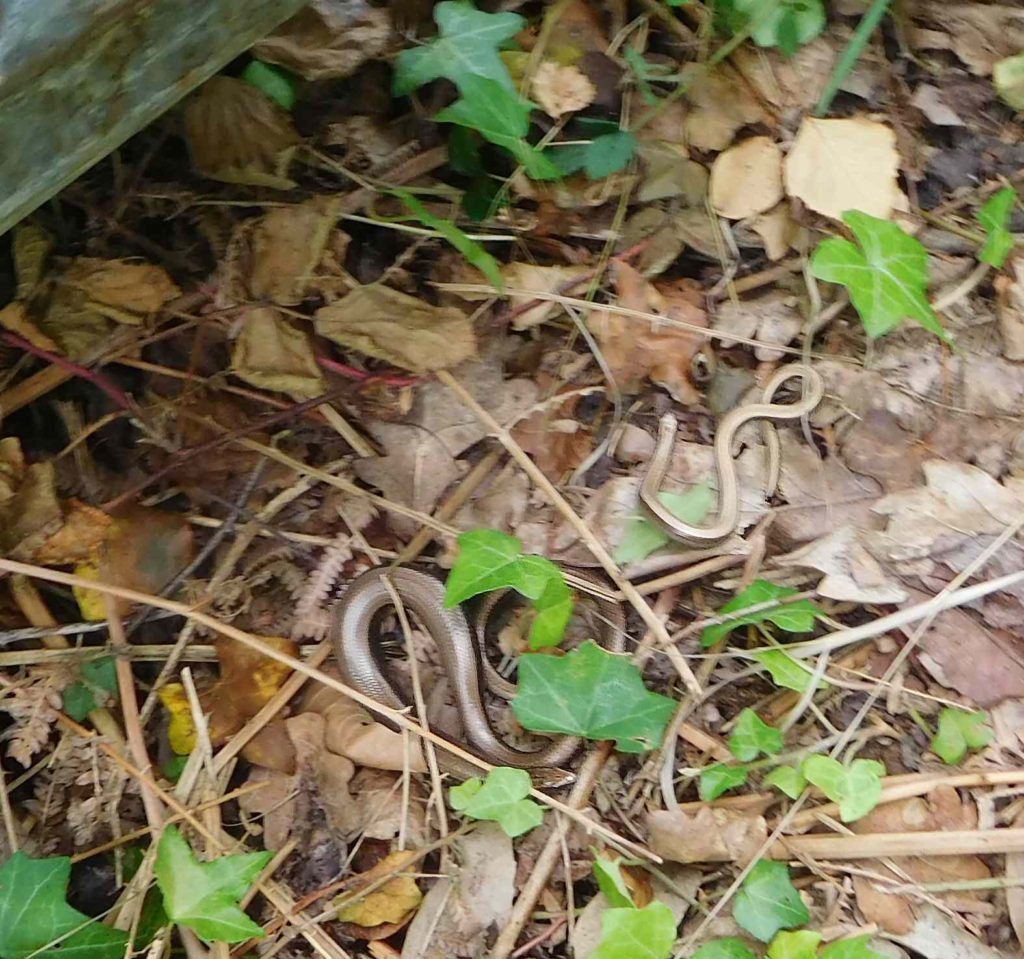
Slow-worms in Gunnersbury Triangle


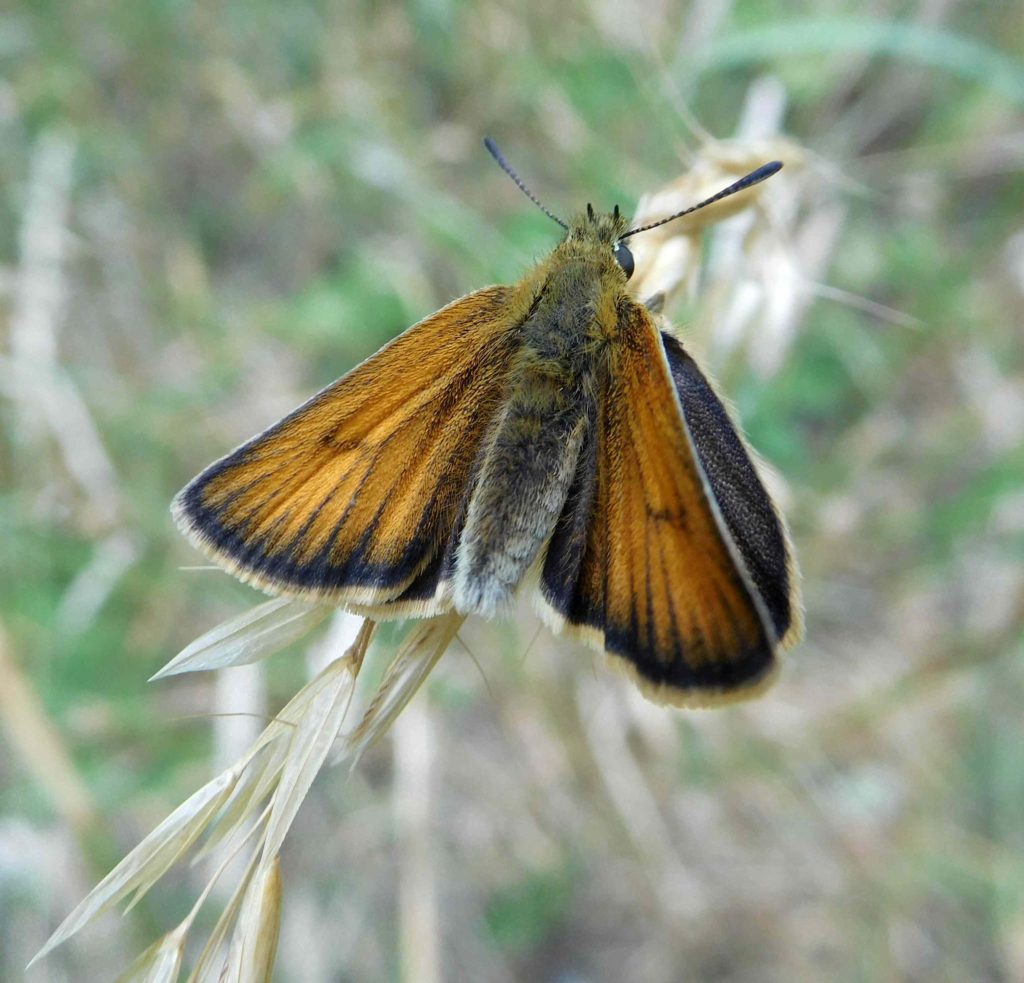
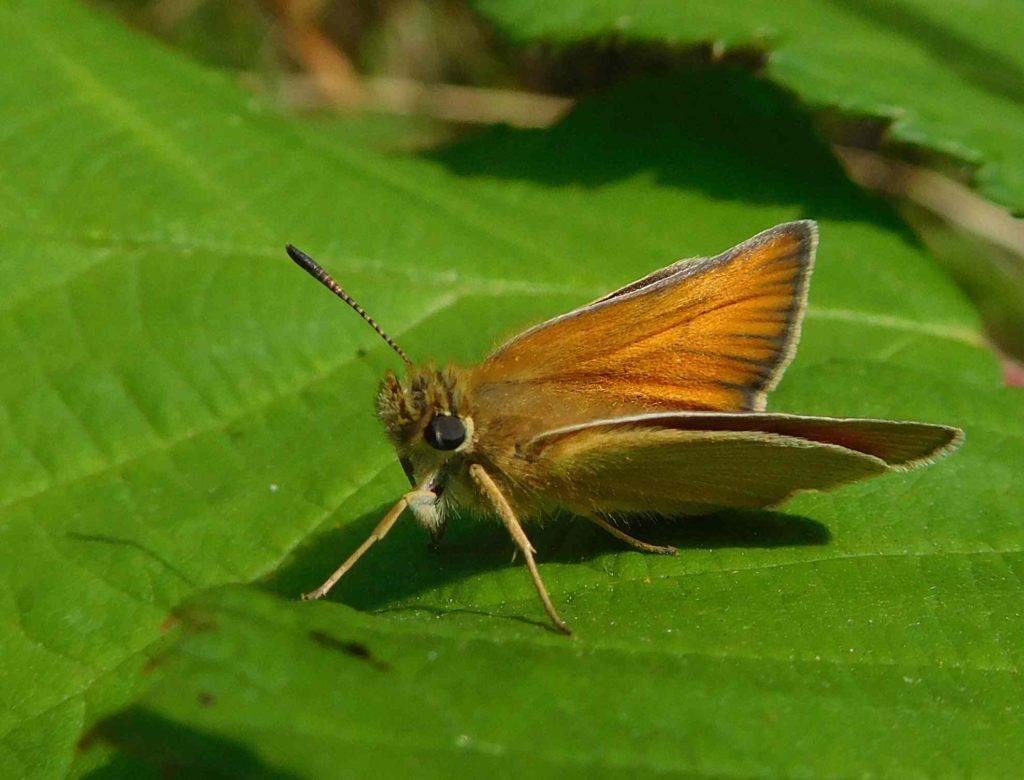
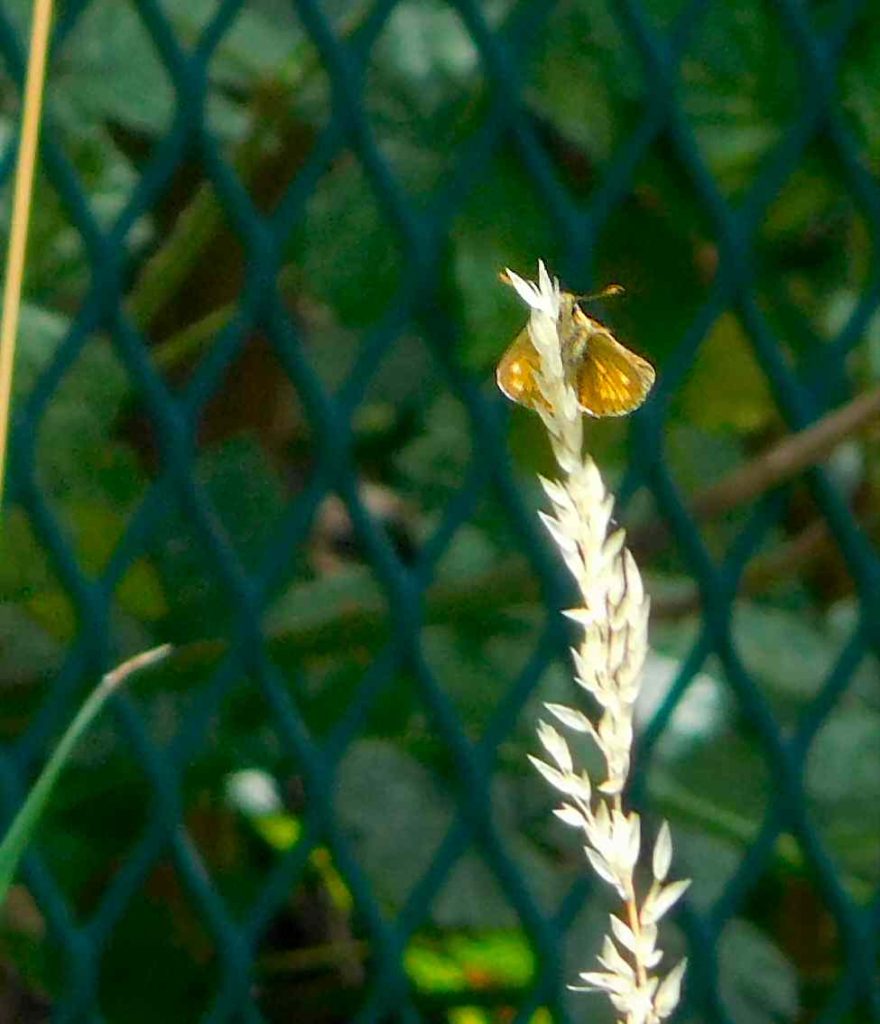
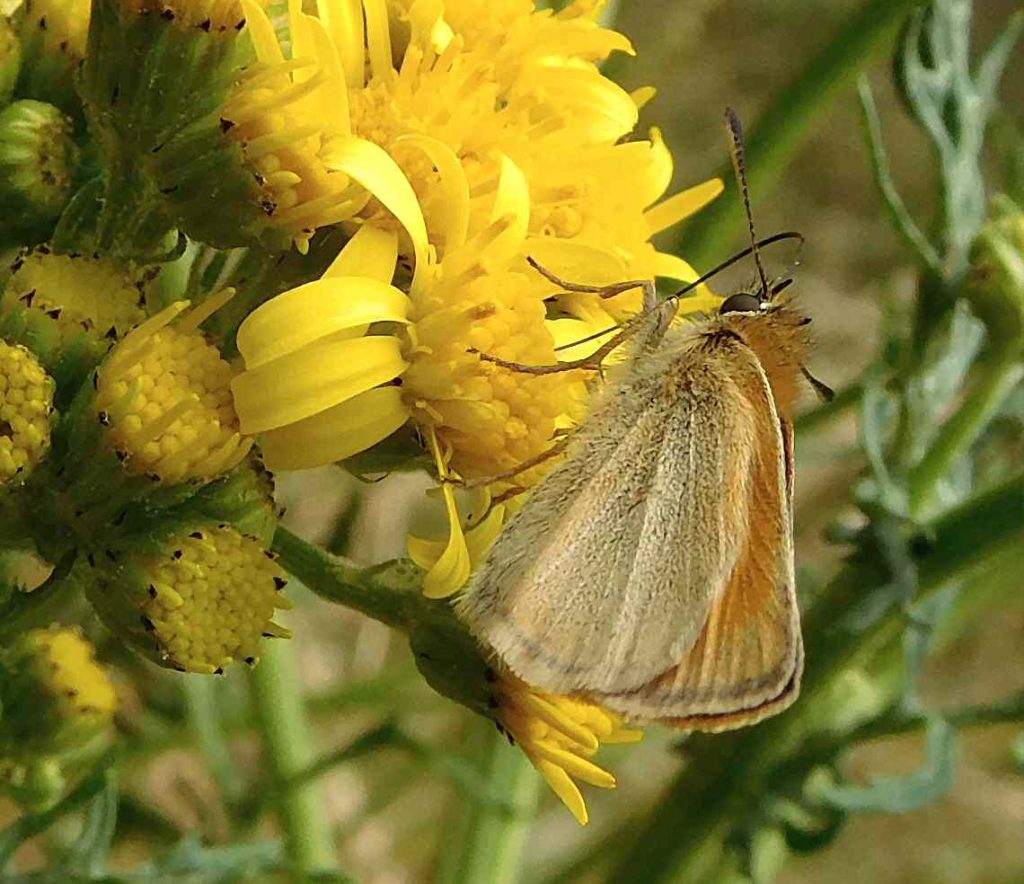
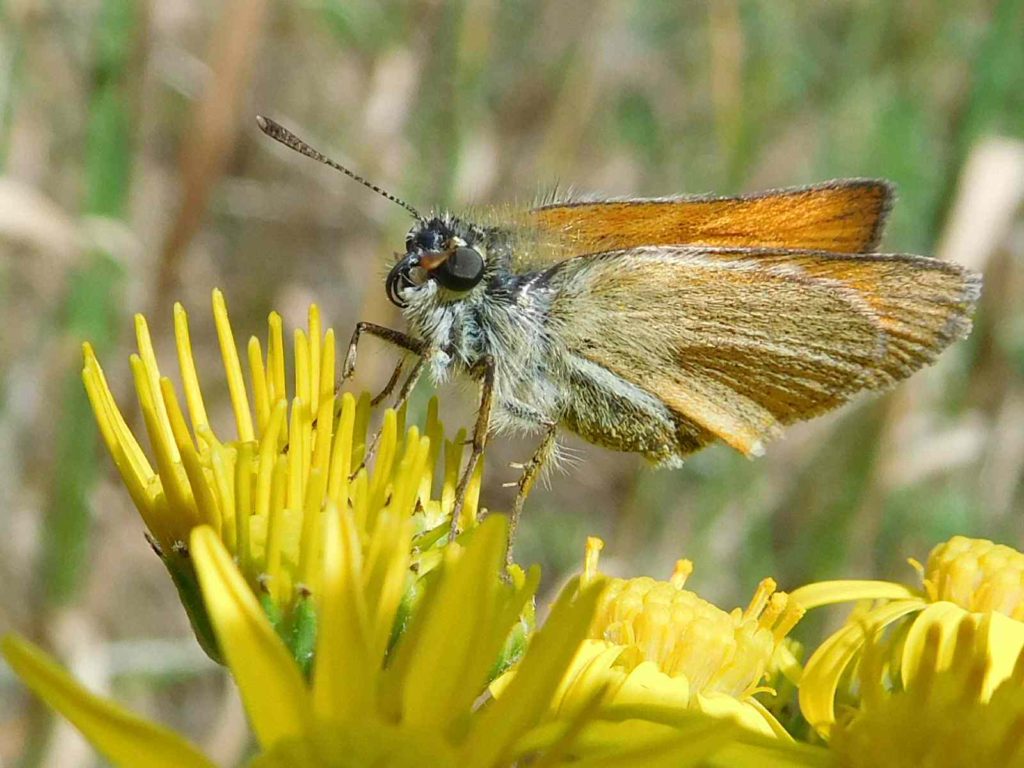
Finally on the 8th, walking round with Netty, I saw a Ringlet, its darker wings unmistakably marked with a line of little rings.
Caution: this article contains no blood, but one of the photographs of an insect could be upsetting to sensitive readers.
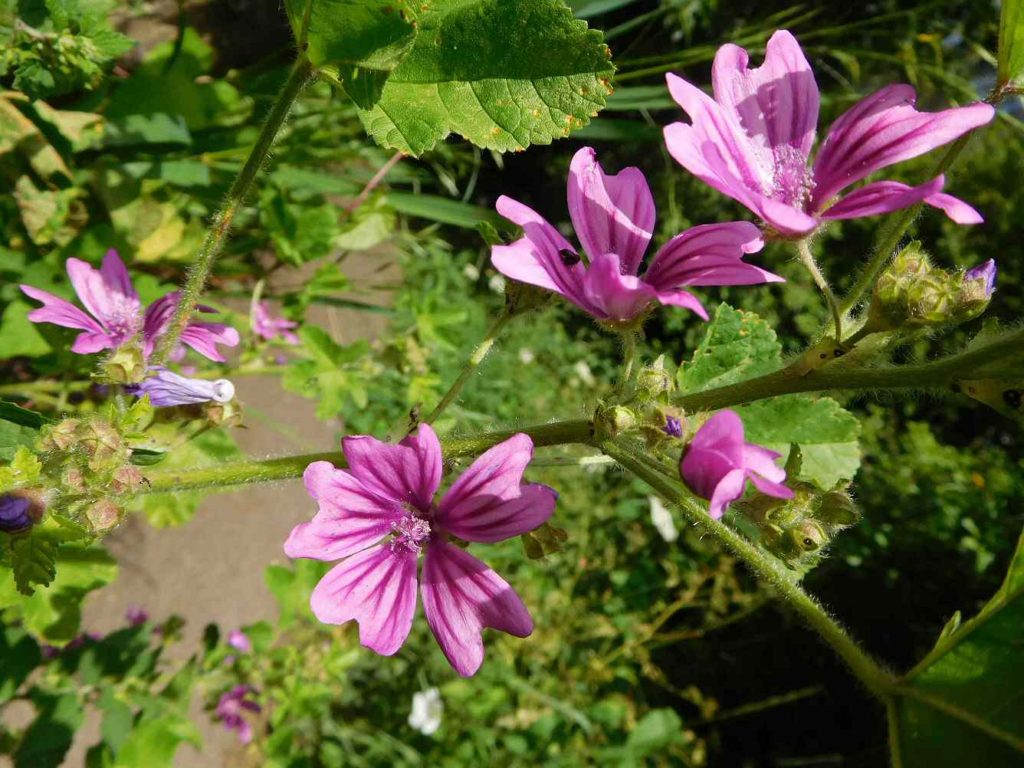
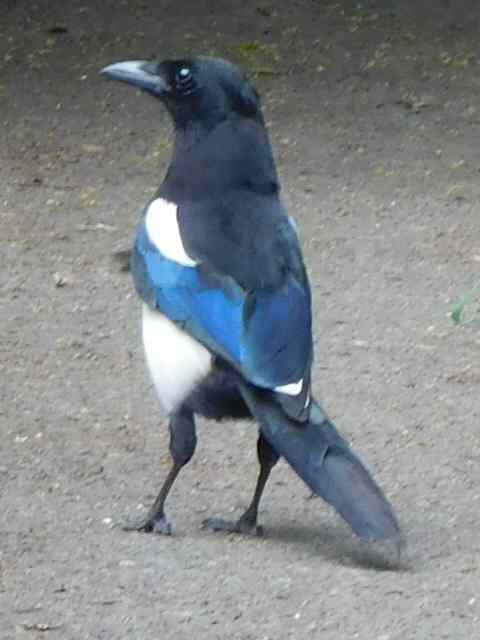
Magpies are rather omnivorous predators, feeding on whatever they can catch – the eggs of other birds are a favourite, along with chicks, and the juicy caterpillars and larvae of insects. Unlike foxes, which will crunch up even large beetles whole (leaving wing-cases and other recognisable body parts in their droppings), they feed selectively, eating the soft abdomen of large beetles like the Stag Beetle, and abandon the heavily-armoured thorax and head. The beetles, their bodies broken and their chances of reproduction gone, clamber slowly and pitifully about, sometimes for days.
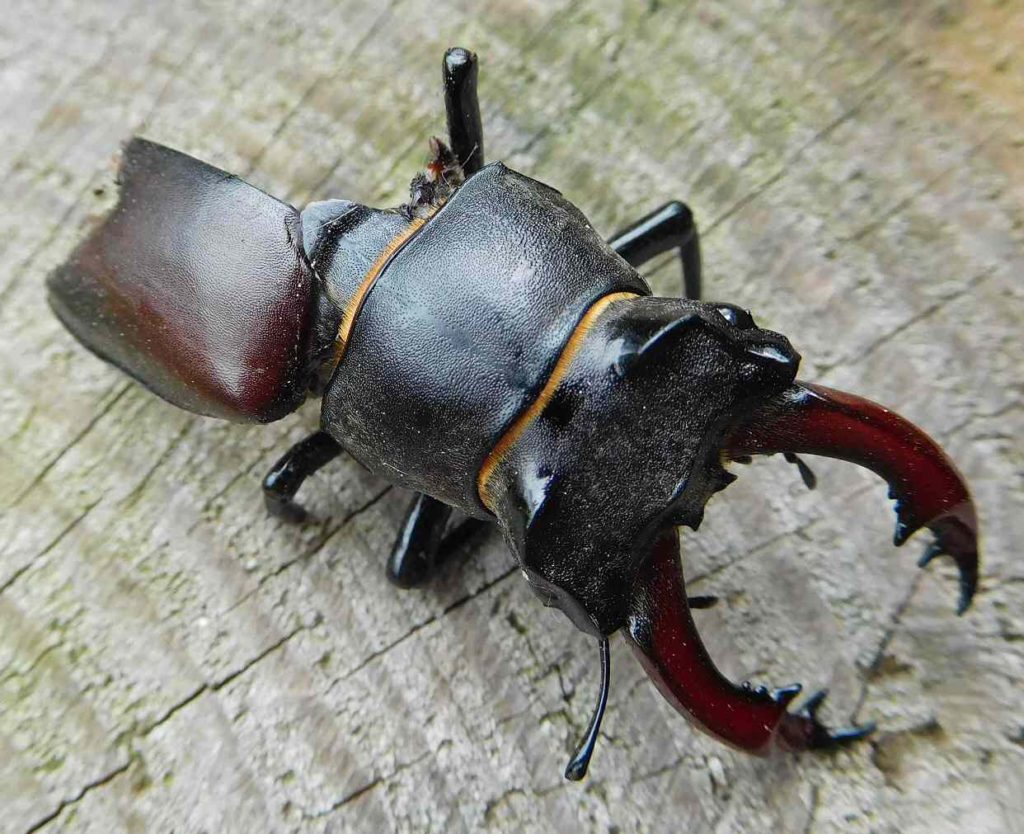
On a happier note, we saw a Red Admiral resting in the woods on some Ivy. The Nymphalid butterflies are all getting scarce, so it was a welcome addition to the usual suspects — Brimstone, Small White, Speckled Wood, Holly Blue — on a day without much sunshine to bring the butterflies out.
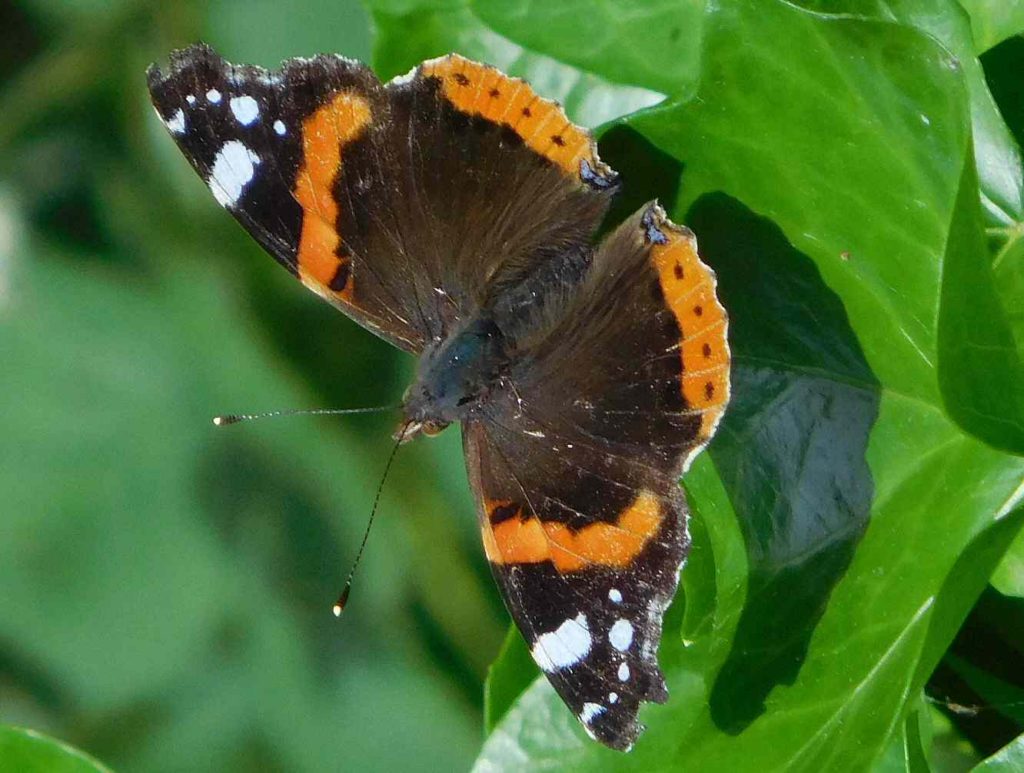
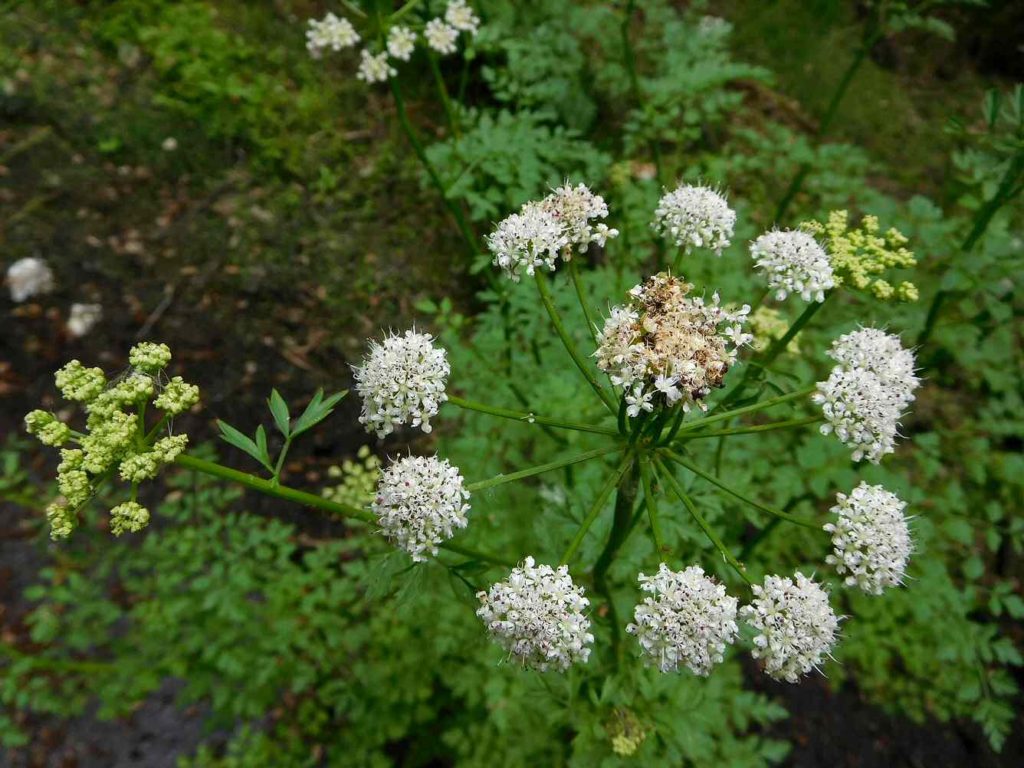
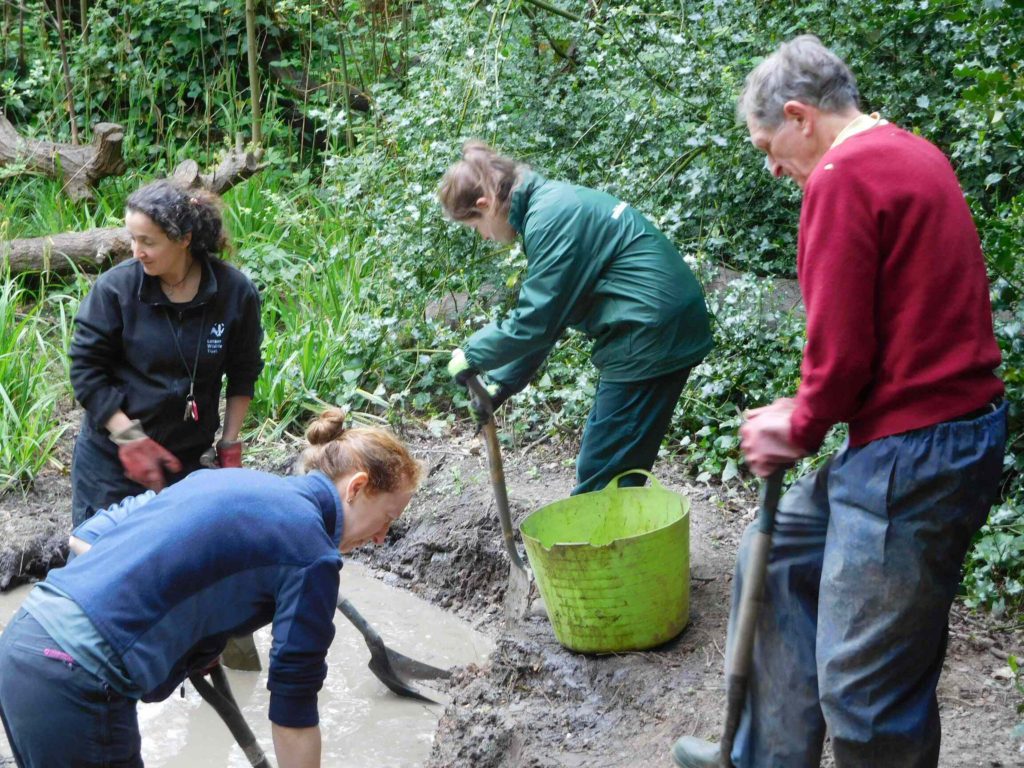
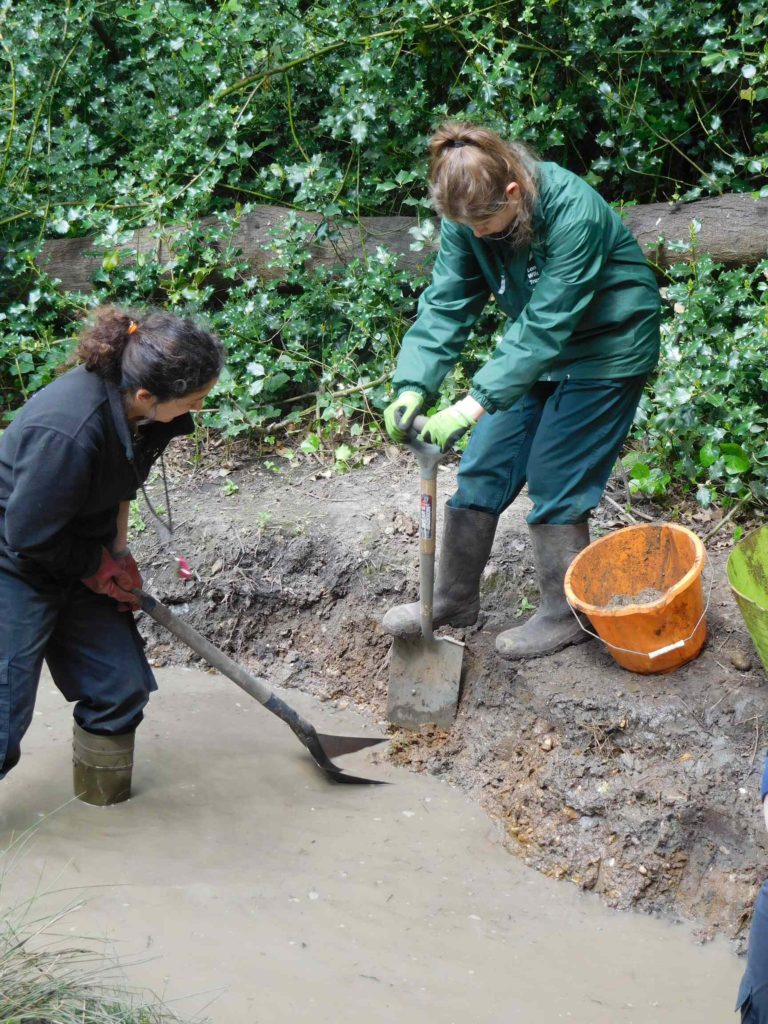
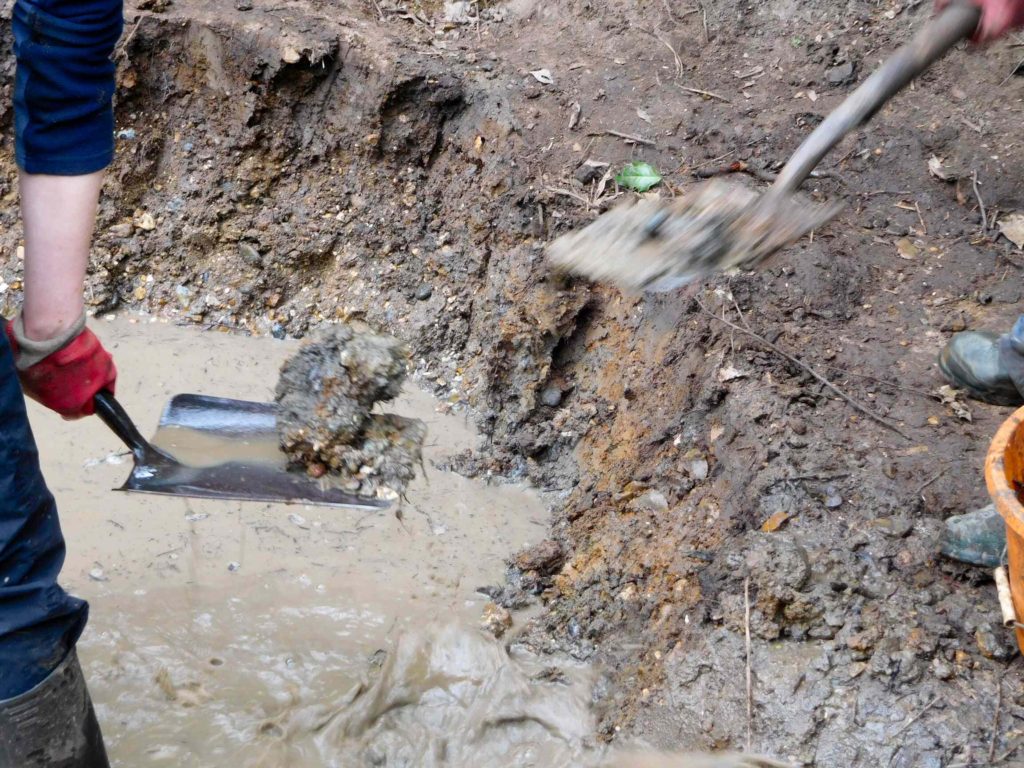
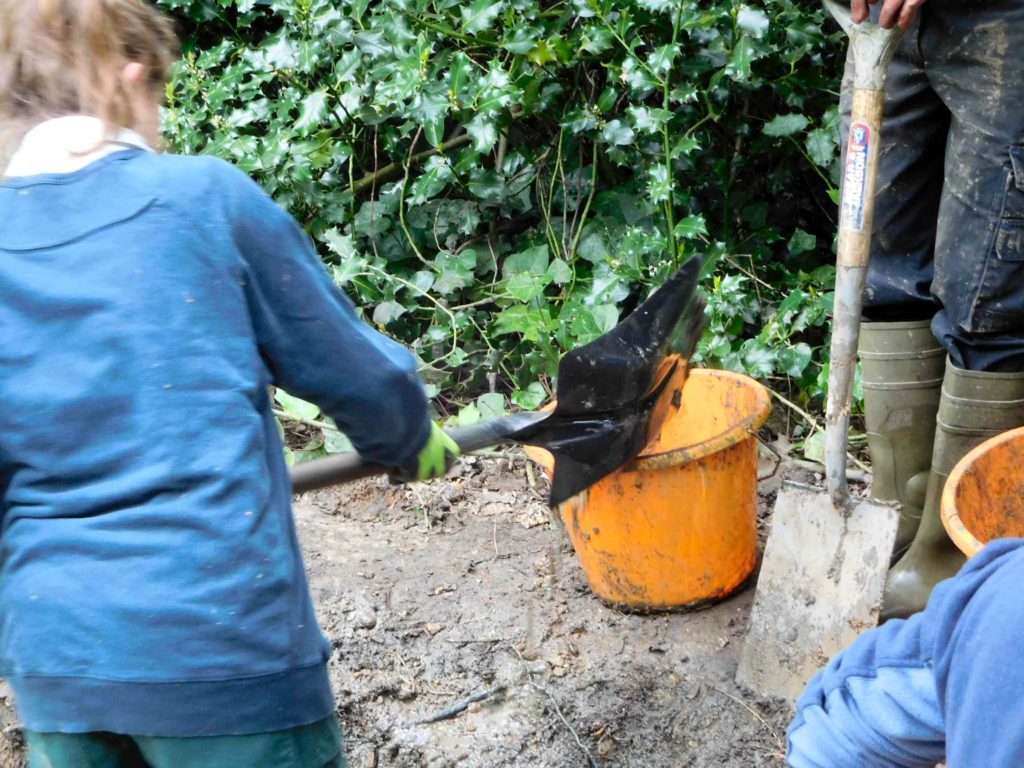
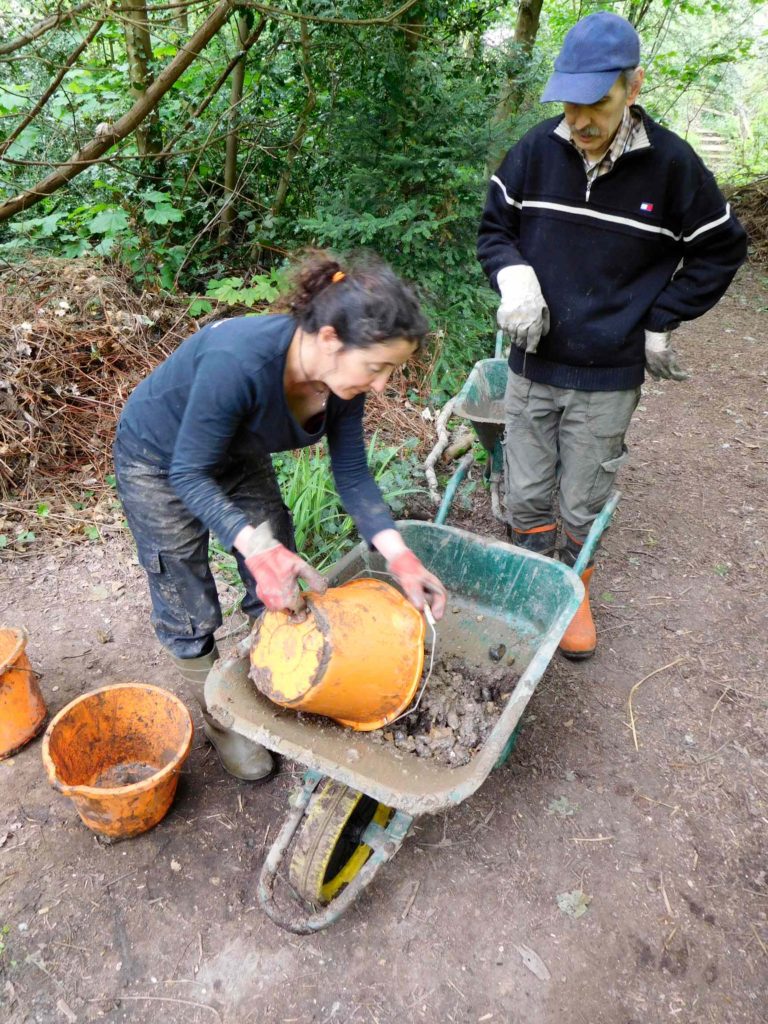
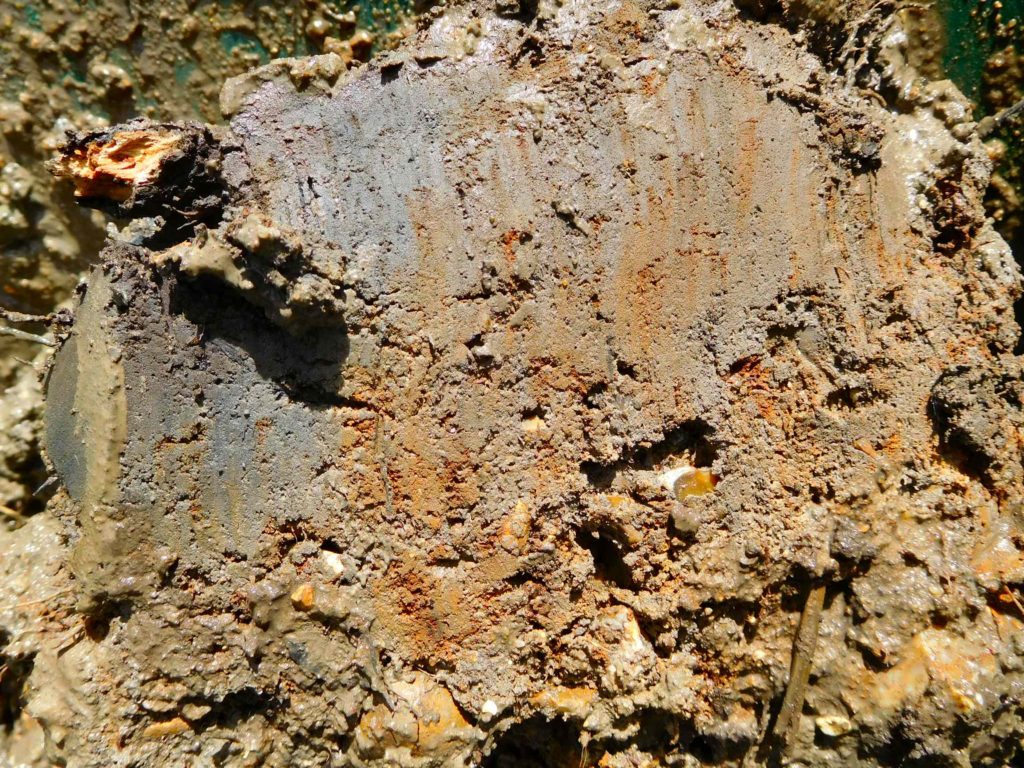
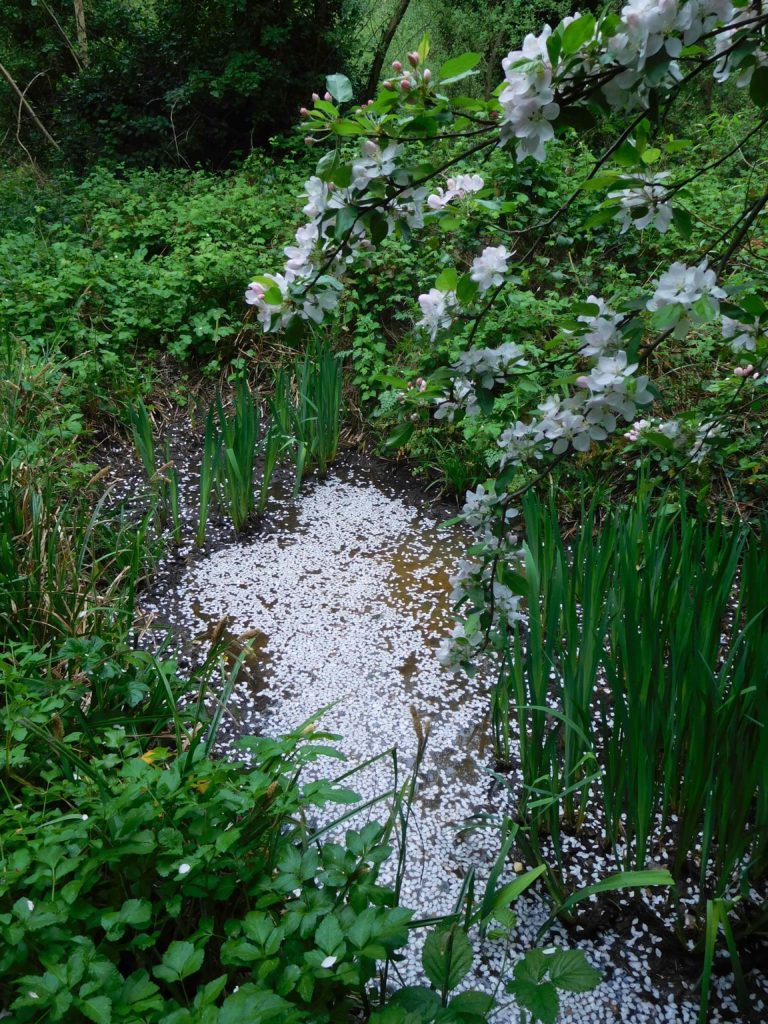
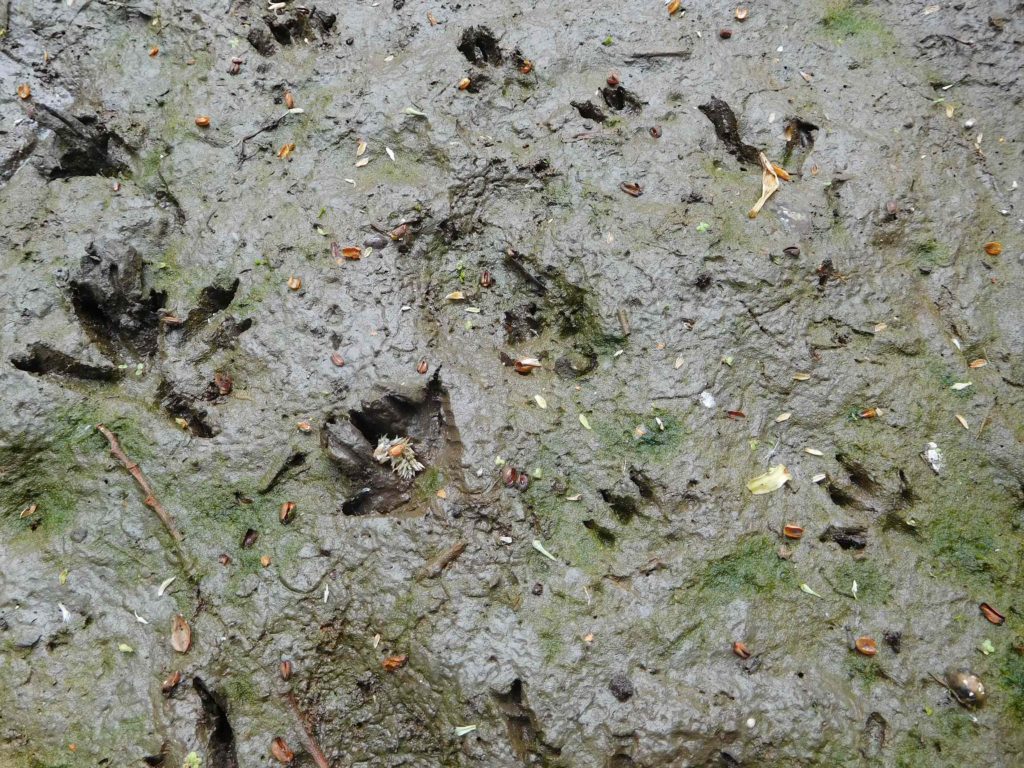

Scruffy but we loved it – the leaky old portakabin hut doubling as kitchen, volunteer room, office, and museum
Today it was wild, wet, and windy, and the city streets were frighteningly slippery as my bicycle skeetered about like a dinghy running before the wind. A tree fell across the path on the common. But next to Gunnersbury Triangle, a Song Thrush sang its beautiful rich fluty song, the repeated notes carrying clearly over the noise of the wind and traffic.
January. Cold. Grey. Gloomy.
Well, not always. On a clear early morning, Venus gleamed brightly in a deep blue sky, and the waning Moon shone over the city, giving it a wintry beauty.
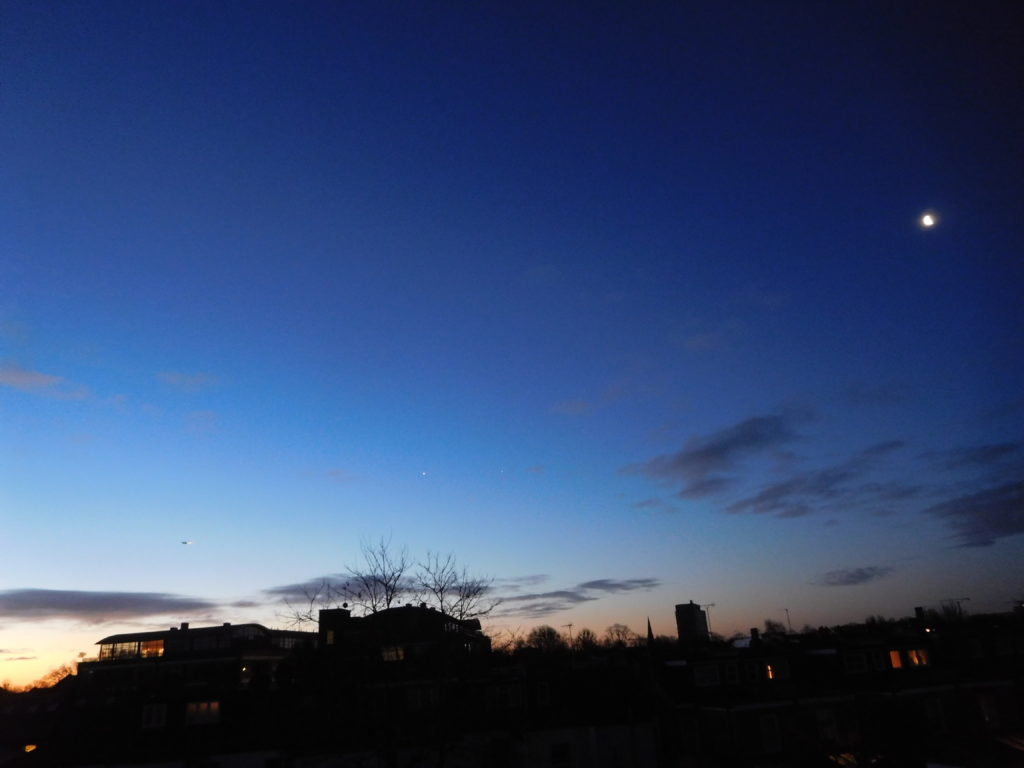
On the common later that morning, the harsh blowing-over-a-comb buzz of a Mistle Thrush alerted me to a flock of winter thrushes flying up into the trees. As they moved along, the chack-chack calls, medium size, and occasional flashes of handsomely contrasting brown and grey backs showed that most of them were Fieldfares, down here from the snowy wastes of Scandinavia or Russia to enjoy the relatively balmy warmth and accessible food of Chiswick in January.
In the Gunnersbury Triangle nature reserve, as I rounded a corner a male Sparrowhawk finished his drink in a hurry and flew up from the gravelly ditch, an intimate moment.
